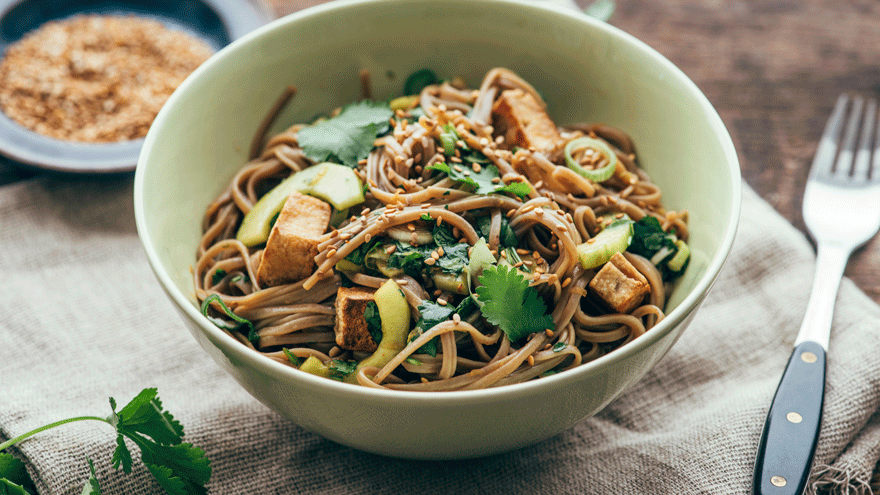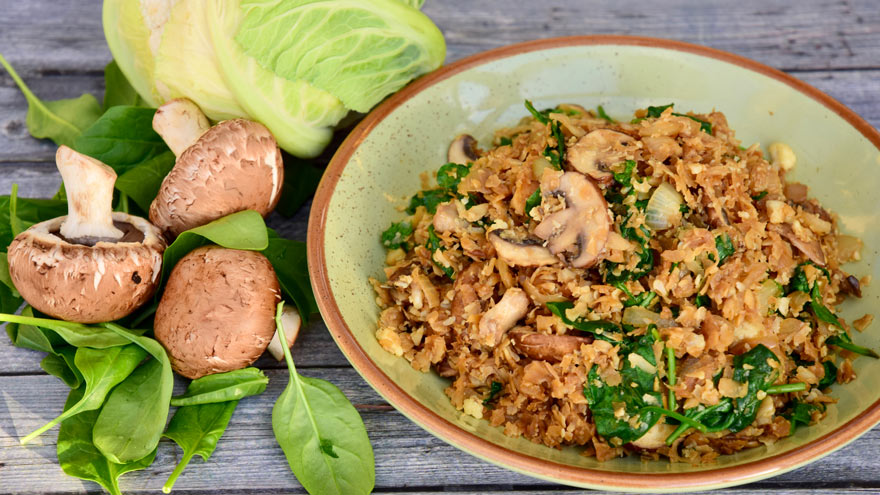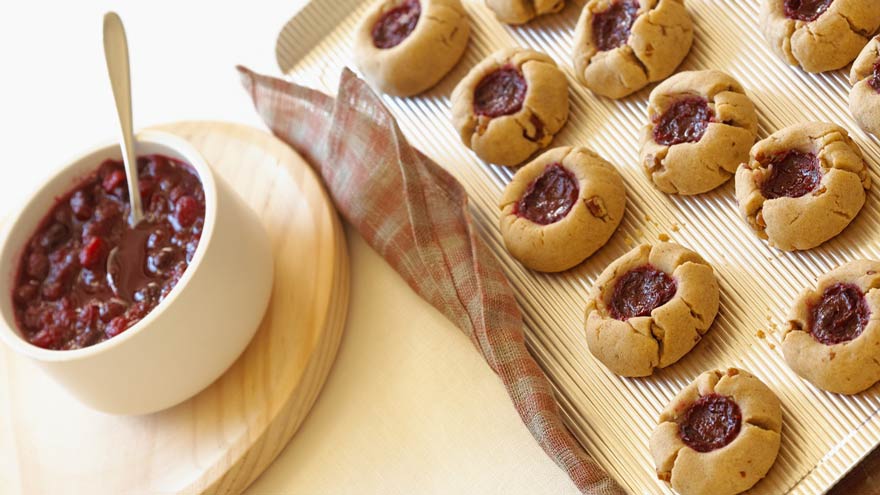Buscar
-
Optimizing Mammogram Screenings: A Genetic Approach to a Personalized Screening Schedule
© Arthon Meekodong via Canva.com Breast cancer screening has long been a cornerstone of women's healthcare. With 1 in 8 women diagnosed with breast cancer in their lifetime1, the United States Preventive Services Task Force (USPSTF) has developed screening recommendations to help detect early-stage cancer. Notably in 2023, the USPSTF revised the recommended age for biennial mammogram screenings for women with average risk to start at age 40 instead of 502, estimated to result in 19% more lives being saved3 by starting screening earlier. While initiating screening at an earlier age offers advantages to a wide demographic, concerns about the potential of over-screening prompted research into the feasibility of identifying women with lower breast cancer risk who could safely delay mammograms. While guidelines address high-risk individuals, a notable gap exists in providing recommendations tailored to those at lower risk. To gain insight into a patient's risk level, physicians are able to utilize genetic testing to understand an individual's genetic makeup, providing precise insights into their predisposition to various health conditions, including breast cancer. Armed with this genetic information, healthcare providers could craft tailored screening strategies that align with an individual’s specific risk profile. This genetic risk-based approach underscores the value of genetics in individualizing the onset of screening to help avoid over-screening and its associated costs. Surprisingly, genetic information is not currently being widely utilized to identify women at risk of breast cancer or other diseases in clinical practice, despite its potential to make a significant positive impact for patients. A recent retrospective analysis of 25,591 women from the Healthy Nevada Project4 sheds light on the potential benefits of this genetic risk-based approach. The study classified 2,338 (9.1%) of these women as having a low genetic risk for breast cancer. What's remarkable is that these women exhibited a significantly lower and later onset of breast cancer compared to their average or high-risk counterparts. This finding suggests that it might be safe for low-risk women to delay mammogram screening by 5 to 10 years without compromising their health.
-
Ladies! Get Screened for Breast Cancer
Early detection is a significant piece of the breast cancer puzzle. Susan Cox, Renown Health Director of Cancer Operations, discusses what you need to watch for and how the latest technology can help detect potential cancer sooner. When should women start getting breast exams? It depends on risk factors: Average-risk women: Most medical organizations recommend the first mammogram between 40 and 44. Higher-risk women: Dependent on their high risk, which will dictate when they start screening, but generally around the age of 30 and not before 25 years old.
-
Ensalada sabrosa con fideos y aderezo de maní tailandés
Looking for a main course or premade lunch recipe? We’re serving up the most delicious cold salad, perfect for when you’re craving a flavorful, crunchy, pea-nutty dish. Best of all, it’s versatile! This salad can be easily made with protein, or as vegan, and/or gluten-free. Add diced chicken or edamame beans to this refreshing dish if you need that extra protein kick. This slaw is dietitian-approved, with it having more vegetables than noodles and heart-healthy ingredients to keep you going.
Read More About Tasty Noodle Salad with Thai Peanut Dressing
-
Healthy Side Dish Cauliflower Rice
Finding the perfect cauliflower rice side dish can be challenging. Let's face it, not too many of us love the taste of cauliflower. However, this low-carb side dish is perfectly paired with chicken, rounding out a healthy meal. This recipe can also go well as a base to build a healthy and balanced protein bowl. Cauliflower Rice How-to Guide You can buy frozen riced cauliflower at just about any store, making it easy to throw into your recipes. However, if you want to make cauliflower rice yourself, here are some helpful tips to get you started. Registered dietitian Caitlin Bus hopes you'll give cauliflower rice a try as an alternative to traditional rice, allowing you to add more servings of vegetables into your diet!
-
Wholesome Raspberry Thumbprint Cookies
There is no shortage of sweet treats during the holiday season, making it hard to keep our health on track. With all of the delicious aromas mixed into holiday cookies -- vanilla, peppermint, molasses, ginger, pecans and chocolate --the dessert table could use a healthy makeover that doesn’t compromise flavor. We challenged Caitlin Bus, Registered Dietitian with Renown Healthy Heart Program, to come up with a healthier cookie recipe to share with your family and friends this holiday season. These vegan thumbprint cookies are soft, slightly chewy, nutty and sweet, made with almond flour, a hint of maple flavor and topped with raspberry jam (or the jam of your choice). Even better, these holiday cookies require just eight simple, healthy ingredients and are gluten-free, dairy-free, egg-free, oil-free and optionally sugar-free too!
-
Tasty Turkey and Veggie Chili with Kale
Meet your new go-to healthy chili recipe for fall. Made to share or freeze the leftovers for an easy lunch or dinner. There’s nothing like homemade chili to warm you up on those cold winter nights. With just the right amount of comforting flavors and garden-fresh veggies, this crowd-pleasing favorite could prove to be your go-to healthy comfort meal.
-
Oat Flour Pumpkin Bread
Who knew that pumpkin bread can be nutritious and delicious? Caitlin Bus, Registered Dietitian with the Renown Healthy Heart Program shares her expertise on how to make a healthy and hearty pumpkin bread with homemade oat flour and natural substitutes for sugar. Give it a try!
-
Citrus Black Bean Quinoa Salad
Looking for the most delicious plant-based, protein-rich salad to add to your recipe repertoire? Look no further. We asked our registered dietitian, Caitlin Bus, with Renown Healthy Heart Program for the one recipe that all her class participants rave about. Caitlin’s popular recipe offers a bounty of fiber and protein. This dish is a showstopper because quinoa is a healthy grain. A cup contains 8 grams of protein and 5 grams of fiber, compared to 4 grams of protein and only 1 gram of fiber in a cup of white rice. With the perfect amount of citrus flavor combined with corn, bell pepper, and beans this dietitian approved quinoa salad will be a staple for all occasions. Enjoy!
-
Summer Side Dish Medley
Sweet corn and tomatoes, while delicious on their own, also enhance the flavor of crunchy cucumber and tender green beans. This plant-based salad recipe is a satisfying and cool side dish for the protein of your choice, such as chicken or salmon. Mix up this medley when you want to enjoy your seasonal summer corn and tomatoes.
-
3D vs Whole Breast Ultrasound Which is Right for You
Breast cancer is the leading cause of cancer deaths in women in the U.S. That’s why early detection is so important. Dr. George Krakora, a radiologist with Renown Institute for Cancer, explains what to watch for and how new technology can lead to early detection. Most women know the importance of breast health and staying current with annual breast exams, but may not know that both screening guidelines and technology is evolving. So we asked George Krakora, MD, a radiologist for the Renown Institute for Cancer, what every woman should know about breast cancer detection and which screening method is right for them. First off, when should women start getting breast exams? Generally, women should start getting breast exams using mammography or ultrasound after they turn 40 years old. But we also want women ages 18 to 39 to talk to their primary care provider and ask for what’s called a formal risk assessment to see if screening is needed sooner. And you want to make sure your care provider is giving you a breast exam starting at age 25. It’s also a good idea to be familiar with how your breasts look and feel so you can report any changes to your care provider. What are the risk factors for breast cancer? Are there any preventive steps women can take? There a few risk factors you can’t control, like your age, family history of breast or other cancers, and if you have dense breast tissue. Your risk for breast cancer increases as you get older, and most breast cancers are diagnosed after age 50. Knowing your family history is important because a history of cancer and shared lifestyle can raise your risk. Your breast density can also increase your risk: Women with high breast density are four-to-five times more likely to get breast cancer than women with low breast density. But the good news is there are quite a few things you can do to prevent breast cancer, like not smoking, watching your alcohol intake, and maintaining a healthy weight with good diet and exercise. There are a lot of newer screenings out today. What is the difference between 2-D and 3-D mammography? In a 2-D mammogram, the tech takes X-rays of the breast. These pictures can show the radiologist if there are any lumps or tumors you might not be able to feel. In 3-D mammography, the process is largely the same but more X-rays are taken and it takes a few seconds longer for each image. This kind of exam detects 41 percent more cancers and reduces the number of false-positive results given to patients. This improvement in technology is great for both patients and their care providers. 3-D mammography provides better images of the breast, which allow doctors to more clearly diagnose and avoid false positives, especially in women with dense breast tissue. And what about a whole breast ultrasound. What is that? A whole breast ultrasound uses sound waves to detect cancerous tumors in the breast without using any radiation — it’s an ultrasound just like pregnant women get to check up on their baby. And the exam only takes about 20 minutes. We recommend these exams for patients whose mammograms have shown that they have dense breast tissue. Dense breast tissue can make it harder for doctors to see any abnormalities, lumps or tumors in a mammogram, so this technology ensures better early detection.
Read More About 3D vs Whole Breast Ultrasound Which is Right for You









